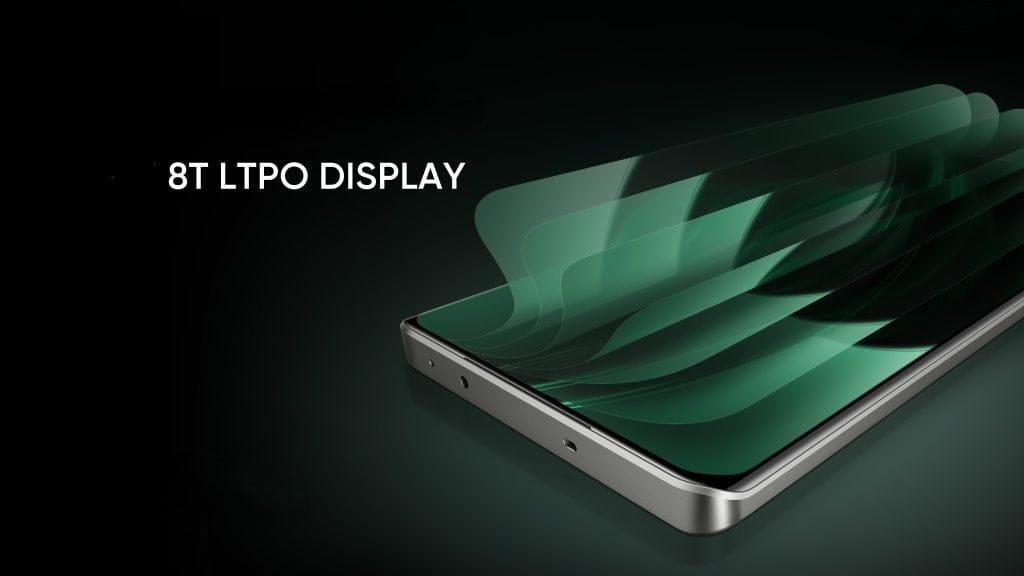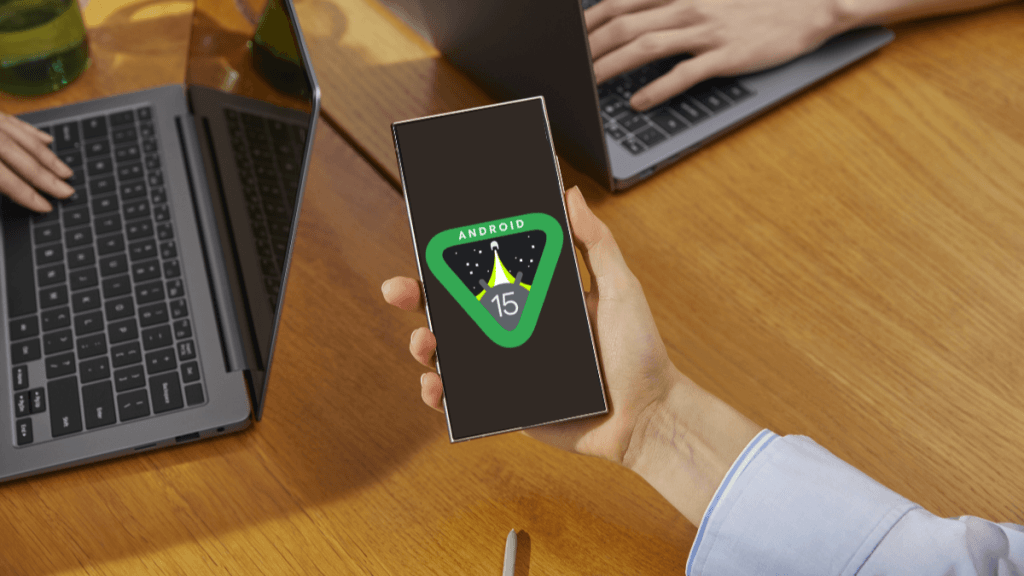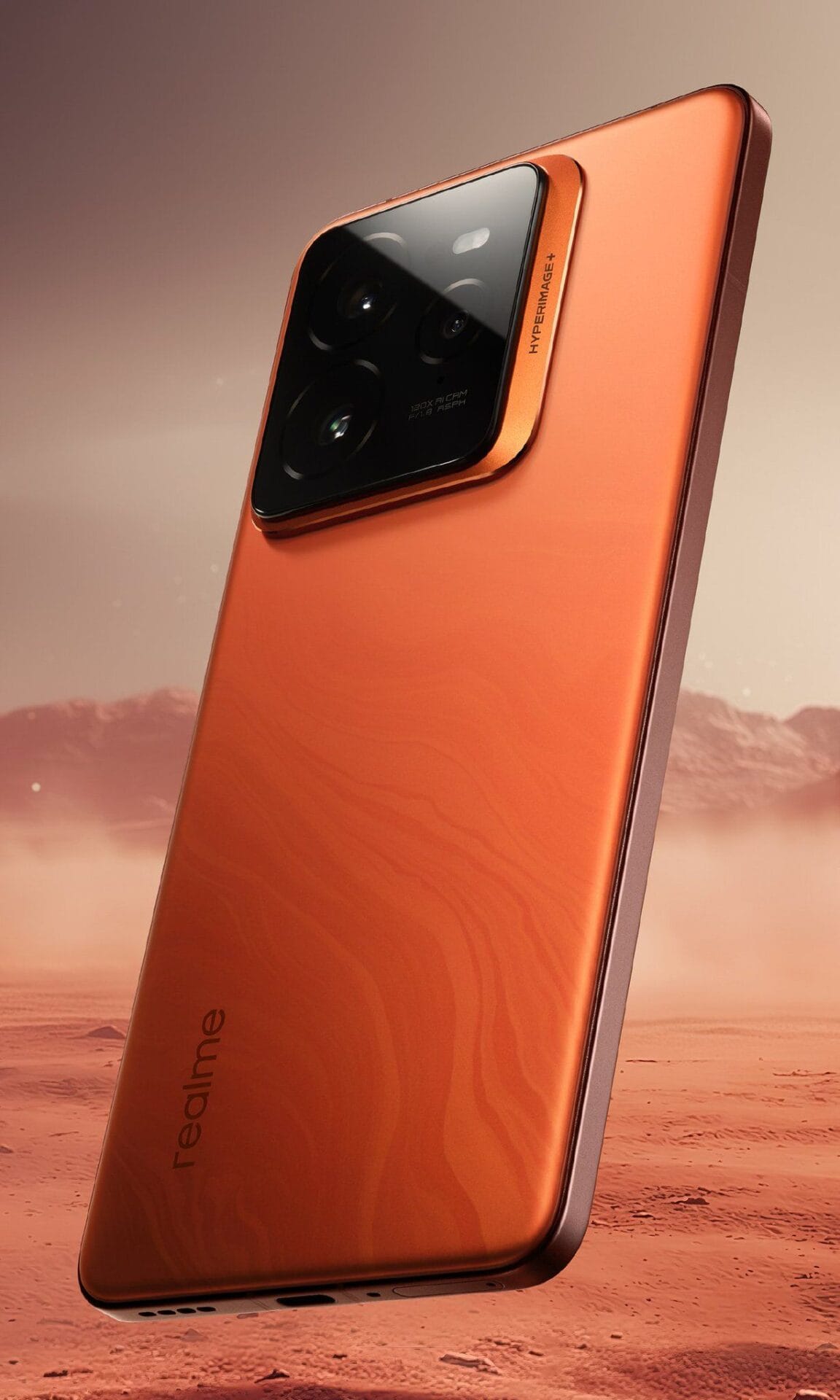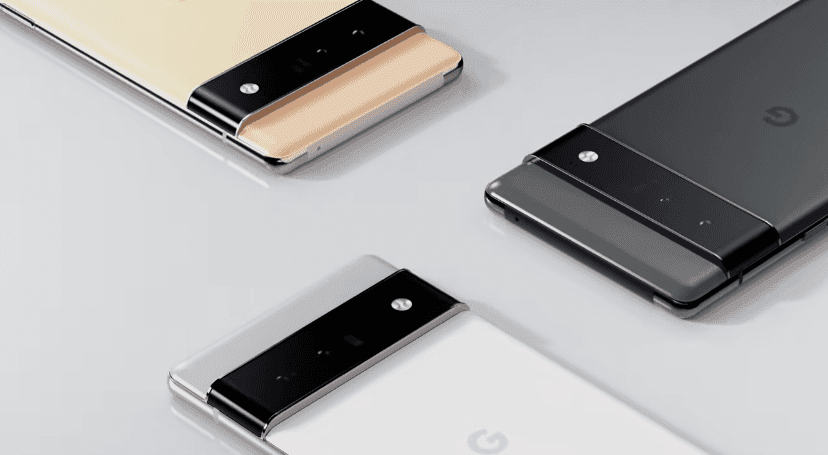Motorola has yet to make an official announcement regarding which devices will get upgraded to Android 15. Nonetheless, it is consistently refreshing the support pages for its devices, providing insights about the upcoming major software update.
Updated Device List
Last month, when we shared a similar update, 22 devices were verified to receive the Android 15 upgrade. Since then, Motorola has revised the support pages for a number of devices, affirming their eligibility for Android 15. Here’s the latest compilation of Motorola devices confirmed to receive the Android 15 update:
Motorola Razr Phones:
- Motorola Razr+ (2024) / Razr 50 Ultra
- Motorola Razr (2024) / Razr 50
- Motorola Razr 50s
- Motorola Razr+ (2023) / Razr 40 Ultra
- Motorola Razr (2023) / Razr 40
- Motorola Razr 40s
Motorola Edge Phones:
- Motorola Edge (2024)
- Motorola Edge (2023)
- Motorola Edge+ (2023)
- Motorola Edge 50 Ultra
- Motorola Edge 50 Pro
- Motorola Edge 50 Neo
- Motorola Edge 50 Fusion
- Motorola Edge 50
- Motorola Edge 40
- Motorola Edge 40 Neo
- Motorola Edge 40 Pro
- Motorola Edge 30 Ultra
Motorola Moto G Series Phones:
- Motorola Moto G Power 5G (2024)
- Motorola Moto G Stylus 5G (2024)
- Motorola Moto G 5G (2024)
- Motorola Moto G85
- Motorola Moto G75
- Motorola Moto G55
- Motorola Moto G45
- Motorola Moto G35
- Motorola Moto G34 5G
Other Motorola Phones:
- ThinkPhone by Motorola
- ThinkPhone 25
Notable Omissions
You might notice that some Motorola devices that many expected to be included are not on this list. The most significant absences are the Moto G64 and Moto G (2024), both of which were launched this year and were anticipated to receive the Android 15 update. This list is not definitive; it’s made based on information from the support pages. More devices are likely to be added, so if your Motorola phone is absent, hold tight for the official list.
Motorola is already rolling out the beta version to several devices, including the Edge 50 Fusion. By joining Motorola’s beta program, you could gain early access to the latest software.
New Features in Android 15
-
Private Space
Android 15 introduces a feature called private space, which provides a secure area for important apps. This space is concealed from recent apps, settings, and the rest of the device, making it the ideal spot for sensitive finance or dating applications. -
App Archiving
Currently, Android phones have an app archiving feature that allows users to uninstall apps while retaining user data, but this was limited to apps from the Google Play Store. The new Android 15 version includes this feature for apps installed from other sources as well. It helps save storage by archiving apps you might not want to use temporarily. When you decide to reinstall the app, there’s no need to log in again or adjust the settings. -
Enhanced Multitasking
Android 15 boosts multitasking capabilities, especially for larger devices like foldables and tablets. It enables users to create app pairs for easier access to favorite apps in split-screen mode. To set up an app pair, simply open apps in split-screen, tap the app icons on top, and select Save app pair. A new shortcut icon for this split-screen app pair will appear on your home screen. Additionally, there’s a foldable-specific feature that allows users to keep using an app on the cover display after closing the main screen without needing to unlock the device. You can also pin or unpin the taskbar on foldables and tablets for quick access to commonly used apps.
The latest Android version also introduces real-time widget preview, theft detection, and support for satellite connectivity, among other improvements. The animations and overall software experience have seen significant enhancements.






















